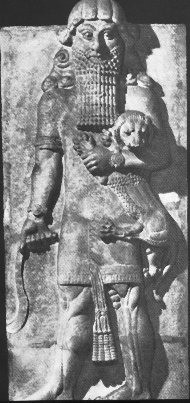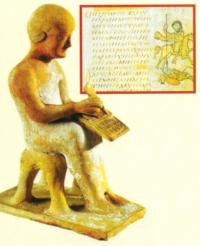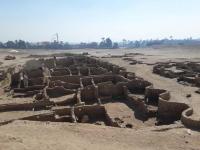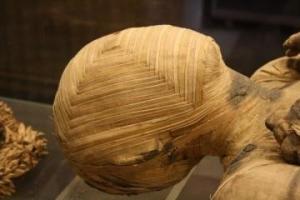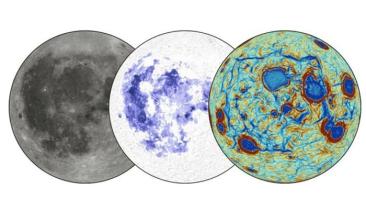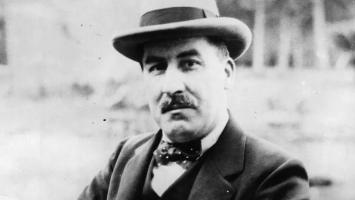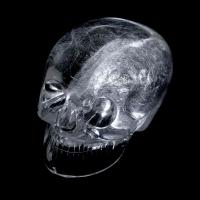The story of the discovery of the Palenque Slab

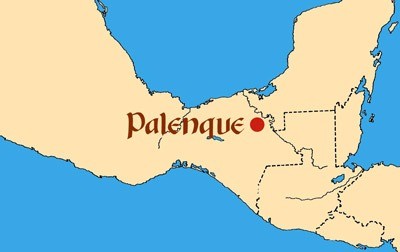
After the conquistadors built the houses of Santo Domingo in Palenque, they built a fence to defend themselves from possible attacks by the Indians. In fact, Palenque, in Spanish, means "Fence".
Originally the name was Nachan. The major attraction in Palenque for tourists is the famous temple of inscriptions (620 in total) located at the top of a 65 meter high pyramid, made up of nine steps which refer to the nine religious worlds of the Mayan culture.
The temple has five doors, each of which symbolizes the Earth, while the so-called "comb" or lacework represents the sky. The temple therefore represents life according to the Mayan religion, a recurring theme in the architecture of this city.
In 1952, in this temple, Alberto Ruiz Lhuillier found a tomb belonging to Prince Pacal, which means, in the Mayan language, "shield". Inside it, his remains are still preserved along with precious objects such as jewels and a jade facial mask.
According to the inscriptions we know that the king in question lived for about 80 years, in a period of time ranging from 603 to 683 AD; subsequent studies of the skeleton, however, established that the man was no more than 45 years old at time of death. The peculiarity of this man was firstly his height, 20 cm higher than the average of that time, in fact he was 1 meter and 73 cm tall; secondly his skull was not malformed by the lengthening that the Maya used to carry out to the nobles of the city, and even the dental deformations, also typical of this tradition, were absent. For these reasons the veracity of what the inscriptions suggest is in doubt.
The event, however, was of particular importance, above all to disprove the archaeologists of the time, who sustained that the pre-Columbian pyramids, unlike the Egyptian ones, did not have the function of funerary tombs, always considering that, in my humble opinion, the Egyptian pyramids are much more than burial tombs...
The discovery dates back to April 1840, when an American lawyer, John Stephens, and Frederick Catherwood, an English designer, were marching in the jungle of Yucatán, located about 500 kilometers from Copan, an ancient city of ancient Mexico, important for its Mayan settlements. The two men did not have enough information and data with them to find Palenque, having only been preceded several centuries earlier by the Spanish conquistadors and their exploratory expeditions. It can be considered a coincidence, therefore, that they found themselves on the first ancient paved road, covered with vegetation, which led to the center of the ancient town and which showed them that marvel of structures, although partially hidden by vegetation, witnesses of the mysterious civilization that in remote times hosted.
Men also soon noticed the famous temple of inscriptions, without however understanding the real function that this building had and what it hid, i.e. the tomb of an important King. This merit must have gone to Alberto Ruiz Lhuillier, a Mexican archaeologist, as many as one hundred and twelve years later, in 1952, who was carrying out a campaign of studies and excavations in that area, allowing him to go down almost to the base of the temple where he was able to notice the tomb, which was called the tomb of the "True Man" or the "Astronaut".
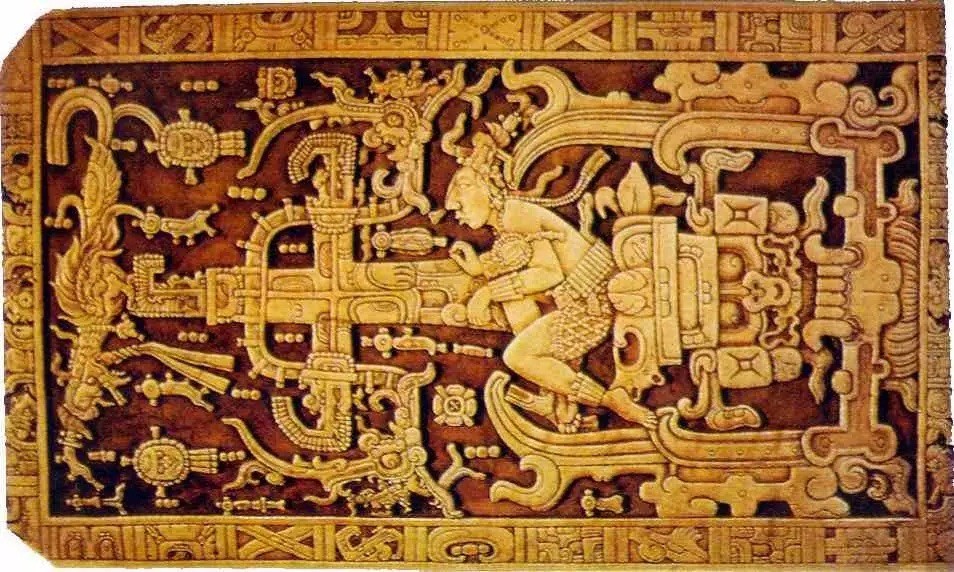
The pyramid in which the funerary monument was located was found to be from the most flourishing period of Mayan civilization and culture. Furthermore, this discovery was important for all archeology in this regard, since, until that moment, the main characteristic that differentiated the Mayan pyramids from those of ancient Egypt was precisely that the former were considered only temples, the latter chambers funeral. This belief had always attributed to these buildings a functional and non-sepulchral character. However, in previously discovered temples small chambers had been found but unfortunately always empty.
After the subsequent deforestation works, which showed the completeness and therefore the beauty of the architectural complexes, a search was started inside the temple.
While Alberto Ruiz and the others studied and designed the flooring of the interior, they noticed particular holes, large enough to insert a hand, placed on some of the slabs, which, after they were lifted, revealed to the researchers a cleverly designed staircase. built and preserved in excellent condition and after a descent of 45 steps, they revealed a landing on which, probably designed at the time to allow the passage of air and light, two wells. Once opened, after a few steps there was a corridor, further blocked by a wall. After removing this other obstacle, the men noticed various objects scattered around, jade artifacts, some vases and even a pearl. The presence of these objects was decisive, as it traced everything back to sacrificial gifts which, as in the funerary chambers of the pyramids of ancient Egypt, were intended for the deceased. Hypothesis, which as the explorations proceeded, was accredited by the presence of a funerary cell which preserved the bones of six bodies, one of a woman and the remaining five of men, probably young nobles who sacrificed themselves as guardians of something certainly more important.
Proceeding, the researchers once again found themselves in front of a stone slab which, after having rotated it, was discovered to block a fascinating funerary crypt adorned with stalactites and stalagmites, which nature had cleverly created due to the water dripping inside it.
This crypt was located 24 meters below the entire pyramid but only two from the external surface of the building.
The walls of the room were skilfully decorated with precious stuccoes, which were unfortunately deteriorated. However, the figures of the nine Priests of Darkness appeared visible, according to Mayan mythology, the guardians of the nine Underworlds. The dimensions of the room were seven meters high in the centre, and four meters wide by nine meters long in area.
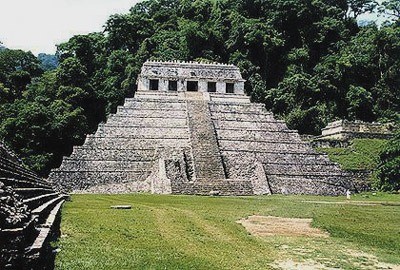
Regarding the monks, they are depicted in a standing position except for three who appear seated; all of them are holding a strange object which was interpreted as a kind of scepter, while another strange object, rectangular in shape, to which no plausible explanation has been provided, nor a hypothetical function attributed, is visible on their mouths.
In the center of the crypt, however, it was possible to notice the object at the center of all our discussions, that is, the actual funerary monument. It consisted of the tombstone and six monolithic load-bearing blocks, four of which were totally sculpted, with a larger block on top, also monolithic.
The slab, with clear contours, measures 25 cm thick and has a surface area of 2.20 meters in width and a length of 3.80 metres; the weight however, was around 5 tons.
Inscriptions had been engraved in the contours of the large slab, difficult to decipher, more than anything else, symbols and strange signs, from which, through thirteen dates, it was possible, with no small effort, to date the entire monument to the year 692 AD. These inscriptions also allowed us to know the person who rested in this tomb, the prince priest Pacal. On the remaining surface of the slab, an image was found carved depicting a man (King Pacal) in a strange position attributable to that of the astronauts in a control position;
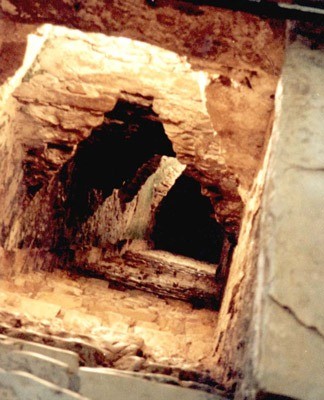
furthermore, this prince's hands held levers, just like those that we currently attribute to commands and they appeared from his nostrils, connected to the remaining mysterious machinery, small tubes that make us think of a sort of respirator. The entire casing, then, which contained this man, was depicted in such a way as to resemble in an incredible way, the section of a spaceship and behind him the author had even sculpted flames which in a modern sustained jet medium represent the rear exhaust which allows, by providing sufficient thrust, the vehicle to hover in space.
The researcher's minds were filled with questions and the curiosity to know the answers made them open the sarcophagus to discover what it contained.
The inside of it was painted cinnabar red, and the body it housed appeared without any visible injury, placed in a normal position. The examined skeleton revealed that the man in question was 173 cm tall and between 40 and 45 years old. A green jade mosaic tile, which faithfully reproduced his facial features, covered the skull which had partially decomposed due to the humidity and the rings on each finger he wore were also made of jade, while on his wrists he wore bracelets which were quite approximately 200 beads tall; Even the ankles and the neck appeared adorned with semiprecious stones and pearls of various types. However, the thing that most intrigued the members, among all the jewels present, was inside the oral cavity. Here the man kept a grain of dark jade which, considering the cults of the Mayan civilizations, would have been used by the deceased to purchase food in the other world; in his right hand he held a cubic pearl and in his left hand, finally, a spherical one. The mysterious character was immediately defined with the name of "real man" or Halah Llinic.
Another peculiarity of the crypt, noticed by the researchers, was a lime molding on the floor, which was transformed into an empty conduit, connecting the entire sarcophagus to the door of the chamber, then following all the stairs until reaching the previously removed slab from which discovered the secret room. A kind of union between the high priest, the Ah Kin Mai and the probable deified prince.
Immediately, at the sight of the pearls held by the man and the strange pectoral worn, the hypotheses concerned the scope of a possible space shipwreck, the concentric circles and the pearls can be identified with a small-scale geometric representation of our solar system.
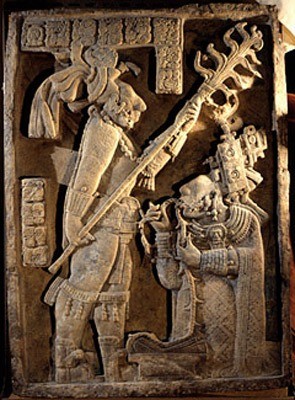
However, according to official science, the bas-relief on the slab that closed the sarcophagus is interpreted as an emblematic and religious representation of a divinity with the appearance of a dragon or large reptile that feeds on the bodies of the deceased, the so-called "Monster of the Earth", which reabsorbs them within itself after having generated them. This scene is at every point, enriched by many natural emblems, the main Mayan art form. In fact, we find many allegories, such as those representing the Tree of Life, the sun, the moon, lightning, corn, water and the ever-present "Quetzal", a species of large parrot considered sacred.
Many of these elements reported on the plate are recurring in numerous artistic representations of this people, however not to express the same concepts, but because they constitute a sort of alphabet, like the Egyptian hieroglyphics.
In this regard, another representation is very curious, again in a stele from Palenque, in which a man is represented, with features almost identical to those of a modern astronaut, holding in his hand a strange object very similar to one of our machine guns or flamethrower.
It should be remembered that the name "Palenque" is only the one given by the Spaniards to the city, while the original name was "Na Chan Caan" or "House of the Celestial Serpent". Pure coincidence? Considering the mystery in which the entire discovery is shrouded, it seems right to me to credit it as possible...









